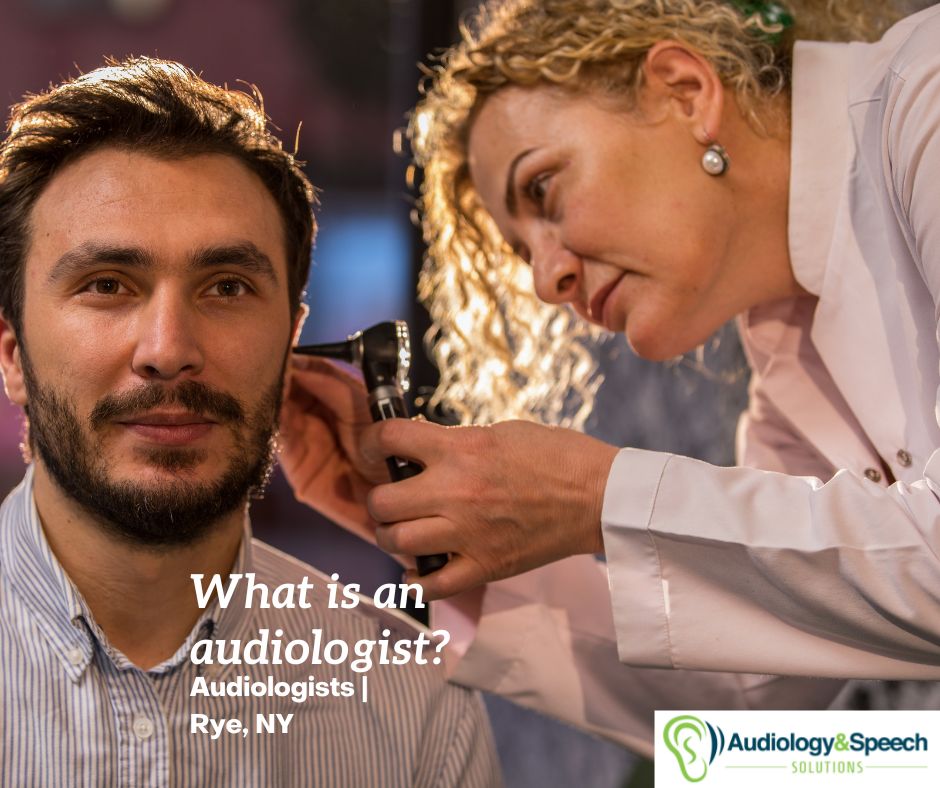
What is an audiologist?
When you experience some trouble hearing, it can affect your life in so many ways. Your relationships may be affected, your confidence might waver, and
PATIENT FOCUSED CARE
Improving hearing, communication and quality of life of our patients by providing comprehensive, compassionate and cost-effective care to the individuals we are privileged to serve.
As audiologists and speech language pathologists, we focus on holistically treating all aspects of communication through diagnostics, aural rehabilitation, hearing aid technologies, and ongoing services. We leave no stone unturned when it comes to finding answers for your hearing.
The team at Audiology and Speech Solutions strives every day to help people of all ages communicate better to improve their quality of life and attain the best outcomes.
We provide comprehensive audiological, speech, language, and auditory processing evaluations, as well as individual and group therapy, using a unique, proven and highly personalized integrated approach based on the best practices and technologies.
We simply want to help you hear and communicate more easily. We do this with compassion, convenient scheduling, and on-time appointments, all wrapped up in a professional and comforting environment.
We work with all ages and backgrounds.
Dr. Nancy Datino has over 40 years of experience in audiology with 32 years in the non-profit sector with a focus on pediatric audiology and 10+ years in private practice.
Her professional specialty as an audiologist and a speech-language pathologist, combined with her personal experience helping individuals with special needs, makes her an exceptional doctor and a valuable source of information.
Hearing aids are part of your hearing rehabilitation journey. We start by gaining an understanding of your unique hearing situation and then create a customized plan to help you maximize your hearing and understanding.
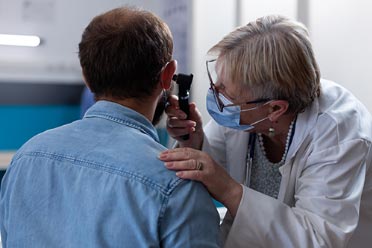
Each ear is unique. Your hearing aid needs to be fine-tuned to you, which we are able to do with our real ear measurement process. Custom ear molds (depending on the type of hearing aid) provide a comfortable, secure fit.

Our aural rehabilitation strategies are focused on attaining the best outcome for you. This can include listening strategies, speech reading, auditory training, unisensory therapy and other therapies.
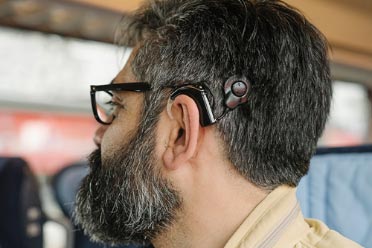
For individuals with profound hearing loss, a cochlear implant may be the best option to restore a level of hearing. We will work with you to determine if a cochlear implant is right for you and provide you with the information you need to make an informed decision.
Speech language pathology/therapy focuses on the evaluation, diagnosis and treatment of communication, cognitive-communication and speech and language disorders. This includes Auditory Processing Disorders, Asperger’s/Autism Spectrum Disorders, Articulation Disorders, Apraxia, and more.
We take an individualized approach to speech and language treatment. All of our therapy is conducted individually or in small groups, ensuring that your needs are addressed quickly and directly. With vast experience, we treat a wide range of goals and diagnoses.
Someone with an auditory processing disorder (APD) has difficulty processing the information that is taken in through the auditory (hearing) system – essentially, they have difficulty processing what they hear. While most commonly recognized in children, adults can also experience an APD.
The diagnosis of an auditory processing disorder is made by an audiologist who has specialized knowledge of auditory processing, like Dr. Datino. After hearing loss is ruled out as a cause, specific tests are done to determine how the brain responds to auditory information.
Our services are high tech by nature and design. Each patient receives our full attention as we work with them to get to the bottom of what is causing their hearing difficulties.
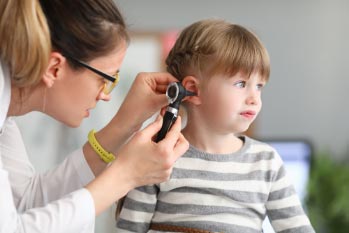
Hearing is a complex process that requires the coordination of a number of different mechanisms within our ears and brain. Our hearing evaluations involve a detailed analysis of the outer, middle, and inner ear and consist of: otoscopic examination, pure tone audiometry, speech testing, and a detailed review of the test results.

Tinnitus affects millions of people and can be very frustrating. Our comprehensive evaluations help determine the cause of the tinnitus and how best to treat it.
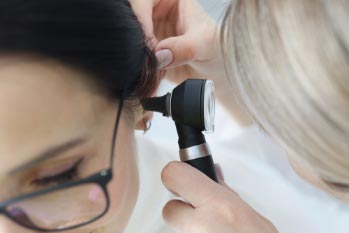
Ear wax buildup can cause hearing issues, but ear wax removal is a delicate process that, when done improperly, can cause damage to your hearing. That’s why it’s important to go to a professional who knows how to safely remove the wax from your ears.
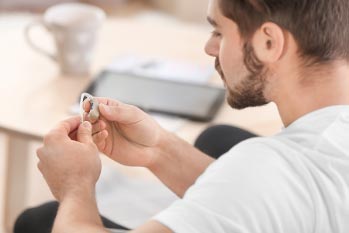
Excessive noise exposure can have negative consequences like permanent hearing loss and tinnitus. We offer a variety of custom solutions to help you protect your hearing for your specific needs (ex: music, hunting, workplace noise, etc). In addition, we can customize your hearing aids to have an ear piece specific to your ear anatomy.
Client Testimonials

When you experience some trouble hearing, it can affect your life in so many ways. Your relationships may be affected, your confidence might waver, and
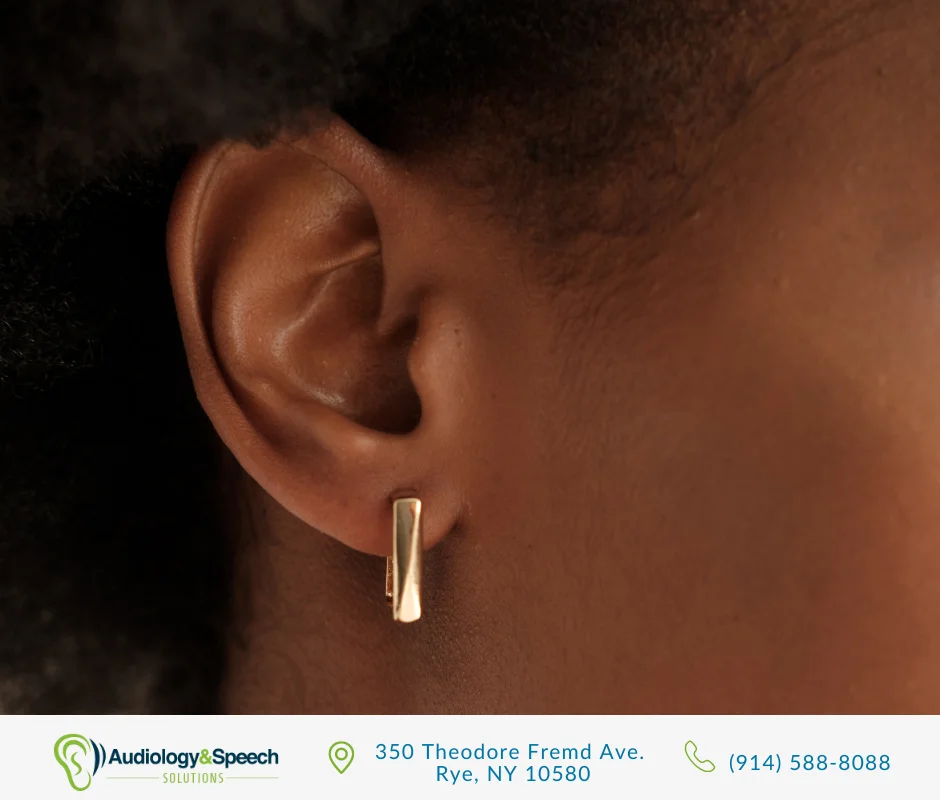
Earwax, an often overlooked aspect of our auditory health, holds a pivotal role in maintaining the well-being of our ears. Its presence, though natural, can
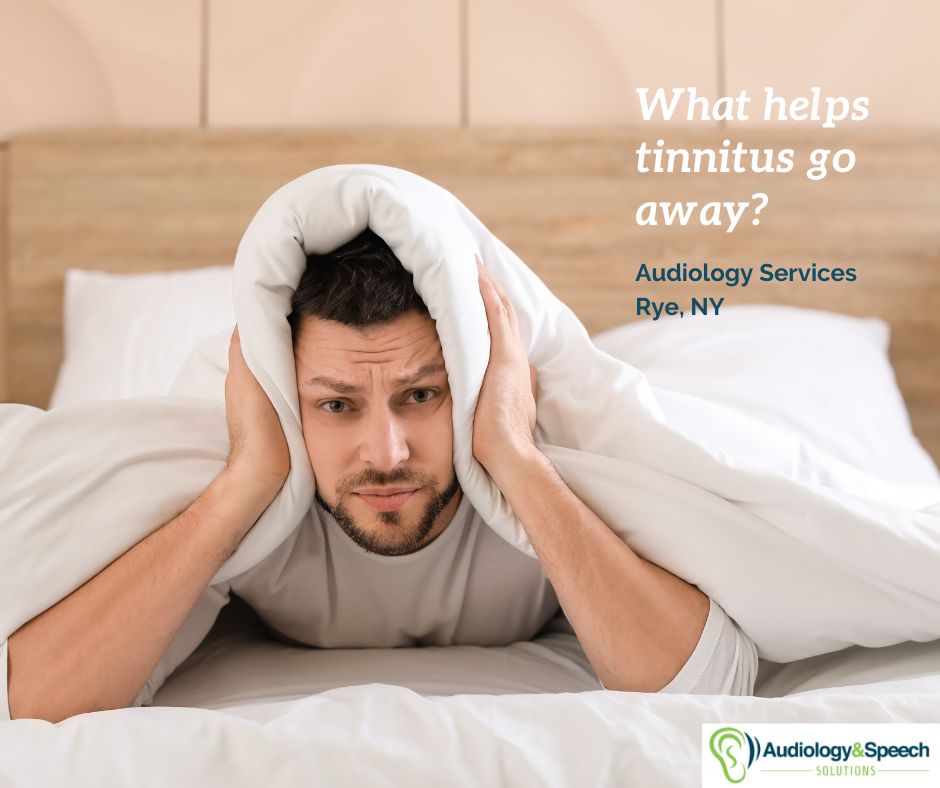
Tinnitus is derived from the Latin word “tinnere,” which means “a ringing” or “to ring.” The condition is mainly characterized as an unwanted auditory perception